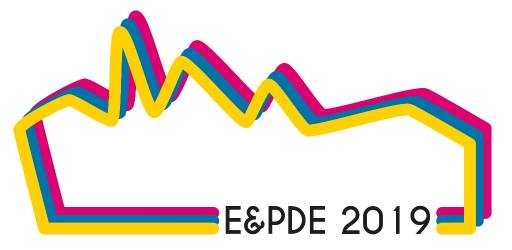Type:
Year:
2019
Editor:
Bohemia, Erik; Kovacevic, Ahmed; Buck, Lyndon; Brisco, Ross; Evans, Dorothy; Grierson, Hilary; Ion, William; Whitfield, Robert Ian
Author:
Series:
E&PDE
Institution:
Western Sydney University, Australia
Section:
Innovation 2
DOI number:
ISBN:
978-1-912254-05-7
Abstract:
half a century. Locally, drawing as a tool for co-creativity and building new knowledge is something that is more mentioned than practiced. The drawer works greatly in isolation. However, new technologies have created the need to reevaluate seminal discussions of a century ago with a perspective of a new 4.0 industrial revolution. A starting point is Kandisnky’s theory about learning drawing as the 'training towards perception, exact observation and exact presentation not of the outward appearances of an object, but of its constructive elements, its lawful forces-tensions, which can be discovered in given objects and of the logical structures of same-education towards clear observation and clear rendering of the contexts, whereby surface phenomena are an introductory step towards the three-dimensional’. Another is Derrida’s evaluation of drawing at the same importance as writing. To him, drawing enables the mind’s eye through a journey of blind anticipation into the abyss of creativity thanks to its inherent quality of projected grasping. Today, that eagerness for the unknown has transformed into a new realm for drawing because of new technology. Hence, a new approach is needed as many design educations still apply traditional theory to a reality that has different kinds of participants, interactions and platforms. Now, drawing can involve one or many participants. The platform used for drawing has also transformed from a tool of traditional mediation of language (e.g. the drawer, pen and paper) to another that conditions and also intermediates the drawer’s activity with its own technology and language configurations (e.g. paper, iPad, augmented reality). Importantly, new technologies have broken the two-dimensional parameters for drawing as it can also be three-dimensional (e.g. 3D drawing and sculpting), fourth-dimensional (e.g. augmented, time based, live virtual reality) and collective through live participation and within a new remix culture of hybrid combinations and editing of media, platforms and techniques. A new theory of drawing should facilitate better learning methodologies for young practitioners who may not have the dexterity or the patience to learn it.
Keywords:





